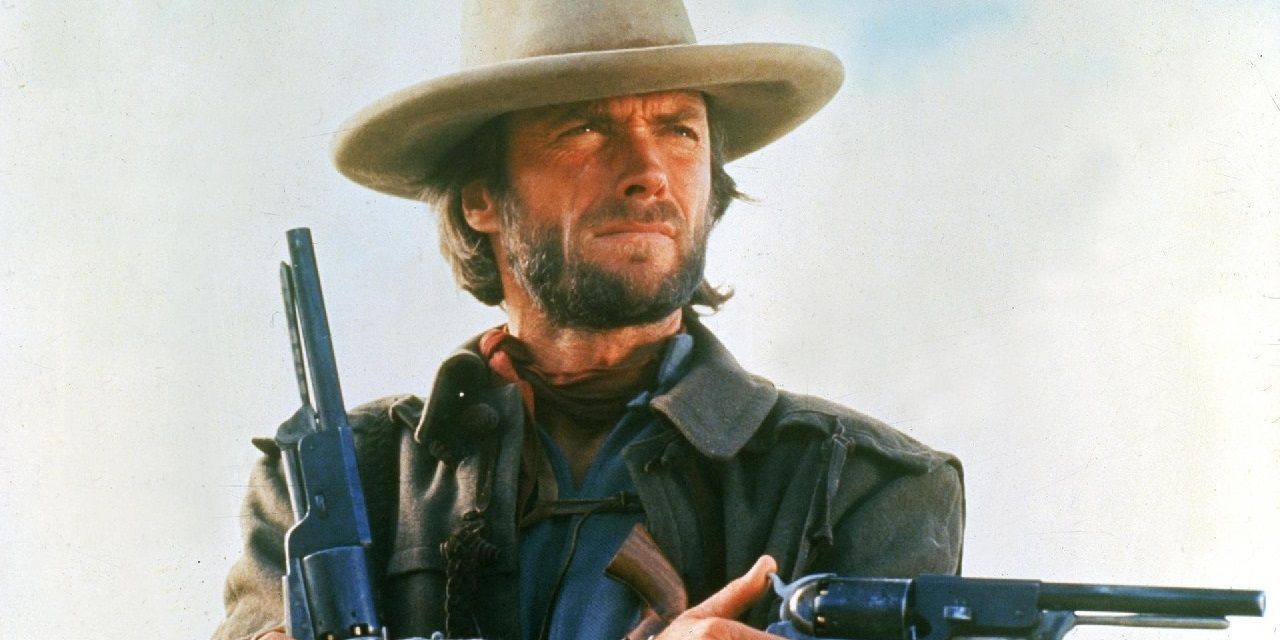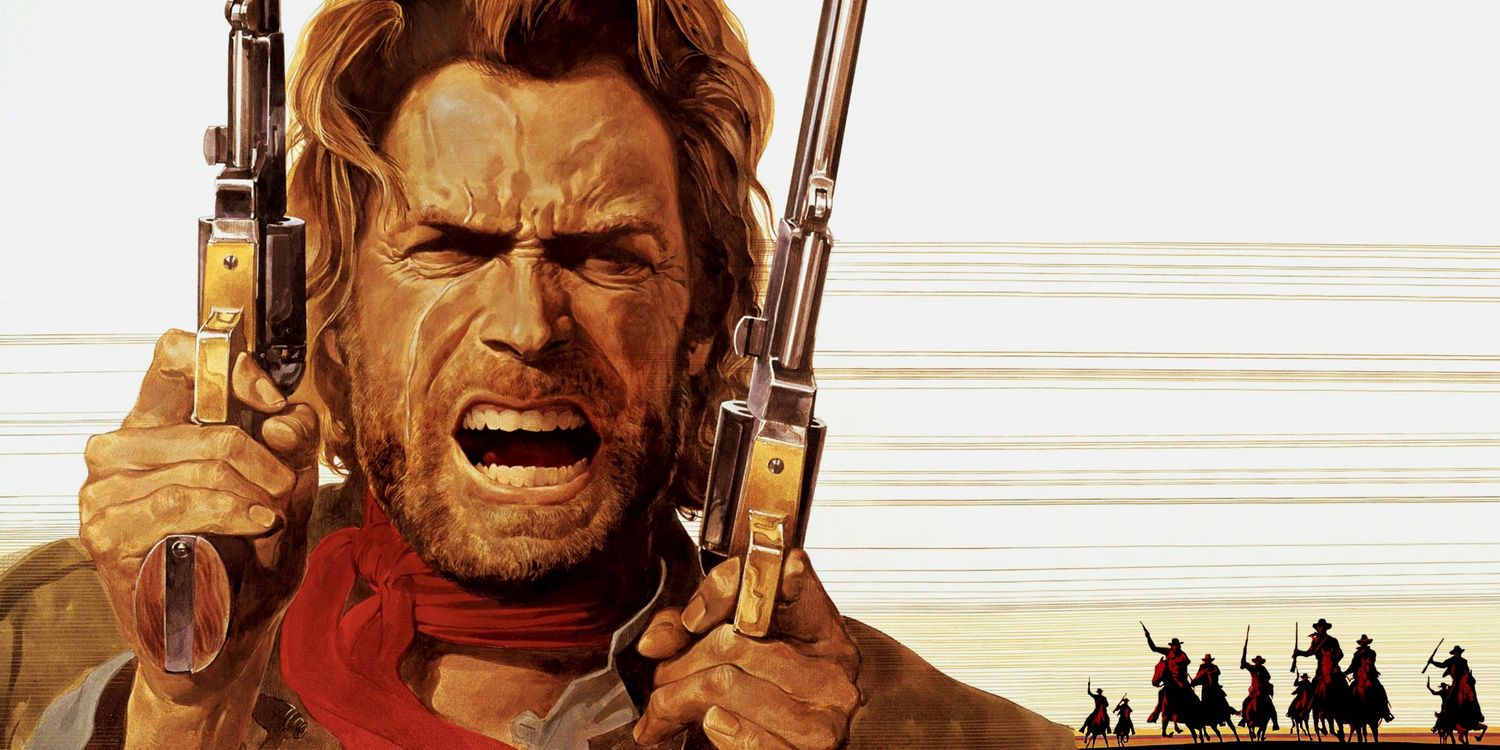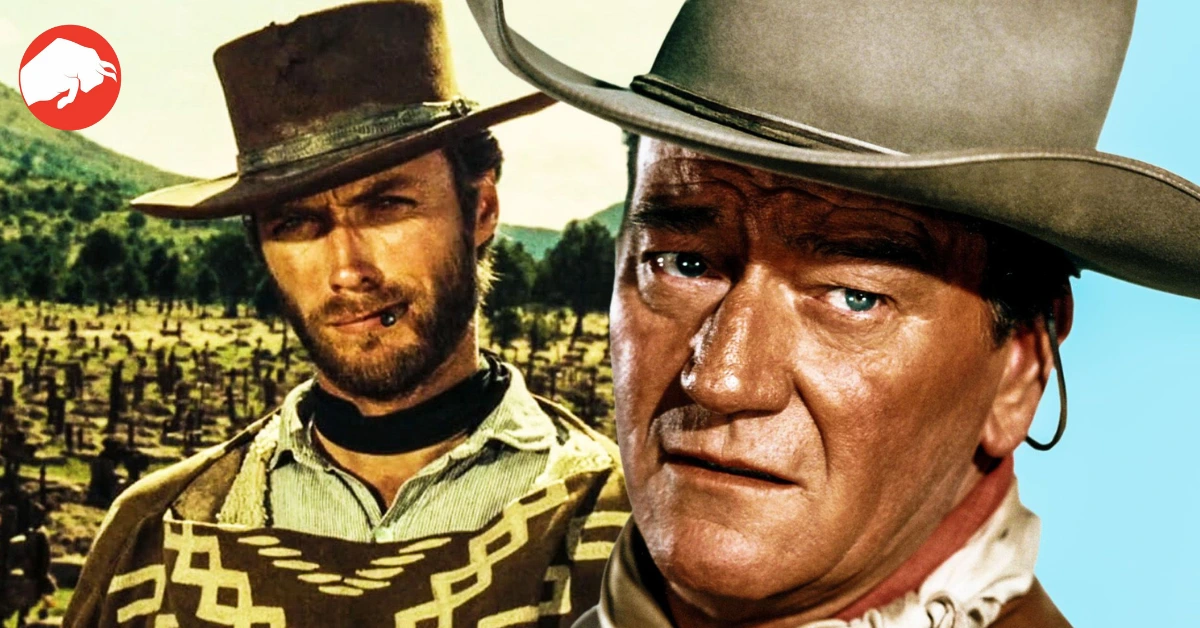From rugged roles in spaghetti westerns to his directorial prowess, Clint Eastwood’s mark on Hollywood is undeniable. His relentless commitment to his artistic vision has both created masterpieces and sparked controversies. But when he famously dismissed a director during the making of a classic Western, it was more than just a movie-set squabble – it permanently transformed the filmmaking industry.
Clint Eastwood’s Unique Hollywood Journey
Clint Eastwood’s tenure in Hollywood has been nothing short of remarkable. By forging an identity as the strong, silent type in Westerns, he carved a niche for himself in a crowded field. Yet it’s not just his on-screen presence that captivated audiences. As a director, his distinct film-making approach earned him two Best Director Academy Awards. But Eastwood’s stern behind-the-scenes expectations have sometimes caused friction. Tom Hanks once remarked, via The Guardian, “he treats his actors like horses,” highlighting the intensity Eastwood brings to his projects.
One incident, in particular, shines a light on how Eastwood’s uncompromising attitude led to a seismic shift in Hollywood’s operation.
The Outlaw Josey Wales: The Clash that Shook Hollywood
Clint Eastwood didn’t just star in “The Outlaw Josey Wales”; he had a personal stake in it, having paid towards acquiring the rights of the book the film was based on. Philip Kaufman, the initial director and overseer of the script, had a singular vision: he wanted the movie to remain true to the book, “The Rebel Outlaw: Josey Wales.” But Kaufman had reservations. He dismissed the book’s author as “a crude fascist” and learned he was penned by ex-KKK organizer Asa Earl Carter.

Hence, Kaufman aimed to reduce the political undertones of the book in the film, focusing instead on broader narrative arcs. This didn’t sit well with Eastwood. The two clashed repeatedly, with differences spanning from story adaptation to casting choices. Eastwood’s decision to cast Sondra Locke, against Kaufman’s wishes, added more fuel to their burgeoning fire, as did rumored romantic tensions between Eastwood and Locke on set.
As the disagreements mounted, Eastwood made a bold move: he seized the director’s chair, relegating Kaufman to the sidelines.
Introducing “The Eastwood Rule”
Kaufman’s abrupt ousting from a project he’d invested so much in enraged the Directors Guild of America (DGA). When Clint Eastwood and Warner Bros. stood by their decision, the DGA hit them with a $60,000 fine. But they didn’t stop there.

To prevent such a situation from recurring, the DGA instituted “the Eastwood Rule.” This regulation prevents an actor or producer from firing the director to then take over the role themselves. While Eastwood went on to finish “The Outlaw Josey Wales” to significant acclaim, his fallout with Kaufman had lasting repercussions, etching a new rule into Hollywood’s governance.
Conclusion
Eastwood’s storied career is full of highs and lows, but his decision during “The Outlaw Josey Wales” filming has an enduring legacy. While the film is celebrated as a Western classic, its backstage drama and the subsequent “Eastwood Rule” remind us of the complexities of movie-making and the ever-evolving landscape of Hollywood.









